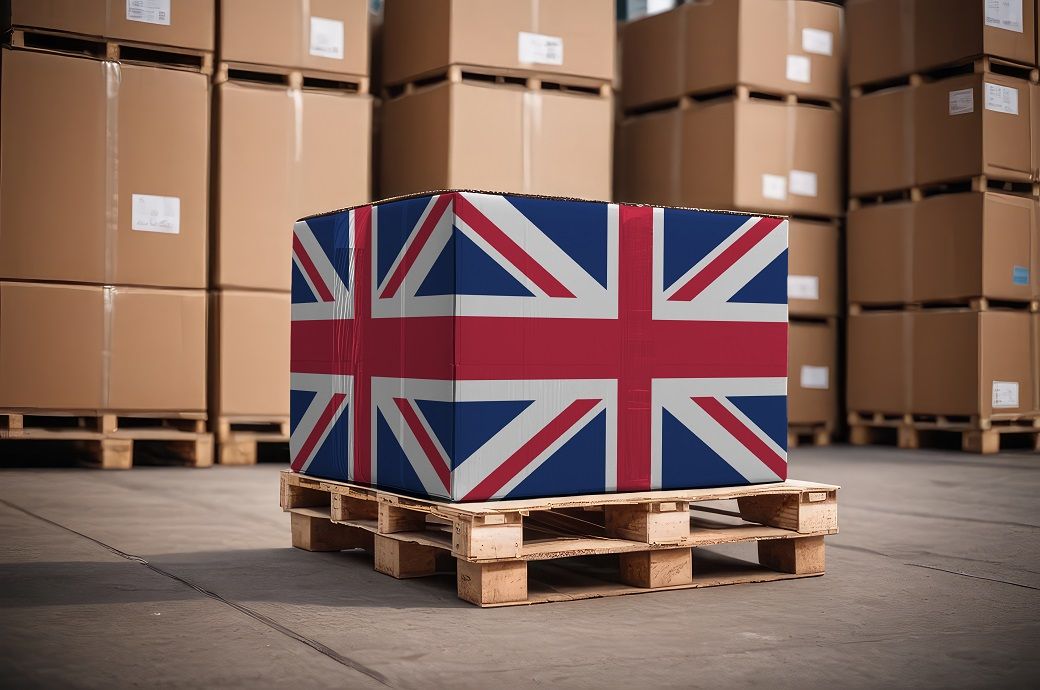
A lack of market optimism, slower economic growth, stretched supply chains and concerns about the impacts of possible announcements in the UK Budget (which were unknown at the time of the survey) led to reduced intakes of new work and a near-stalling of output growth, a release from the rating agency said.
The seasonally-adjusted S&P Global UK manufacturing purchasing managers’ index (PMI) posted 49.9 in October, down from 51.5 in September and the earlier flash estimate of 50.3. This is the first time that the PMI has fallen below the neutral 50 mark since April.
The new orders and stocks of purchases components (both of which signalled solid contractions) weighed heaviest on the PMI, while a noticeable easing in the rate of expansion of production also contributed to the decline in its level, the release said.
Although manufacturing output rose for the sixth successive month in October, the rate of increase was only slight and the weakest during that sequence.
The decline in new work inflows reflected a lack of market confidence, economic slowdown and to some domestic clients applying a wait-and-see approach to committing to new contracts before the UK Budget delivered in late-October.
Demand was weaker from both domestic and export clients. New export orders fell for the thirty-third consecutive month, amid reports of lower intakes from clients in Europe, China and the United States.
UK manufacturing employment increased for the third time in the past four months in October. Companies linked job creation to higher production and efforts to clear backlogs of work.
However, the rate of increase was only modest, as many firms remained cautious about incurring additional costs, given uncertainty about the impact of possible changes announced in the UK Budget. It also reflected relatively muted confidence about the future among manufacturers.
Business optimism recovered only slightly from September's nine-month low during October. That said, the majority of firms (52 per cent) still expect to see production rise over the coming year, compared to only 8 per cent forecasting contraction.
Where positive sentiment was indicated, this was attributed to new product development and hopes for a market revival.
There were positive signs on the price front, as the rate of increase in input costs slowed sharply to its weakest in the current ten-month sequence of inflation.
The extent of the easing was among the steepest in the near 33-year survey history.
Part of the increase in purchase prices and other costs of production were passed on to clients in the form of higher output charges in October. Average selling prices rose for the twelfth successive month.
However, the rate of increase eased to its lowest since February, reflecting decelerations in the consumer, intermediate and investment goods subindustries.
Supply chains remained under stress in October, as average vendor lead times lengthened for the tenth month in a row.
Delivery times increased to the greatest extent since February, which companies attributed to shipping delays, the Red Sea crisis, capacity shortages at vendors and port strikes.
Fibre2Fashion News Desk (DS)